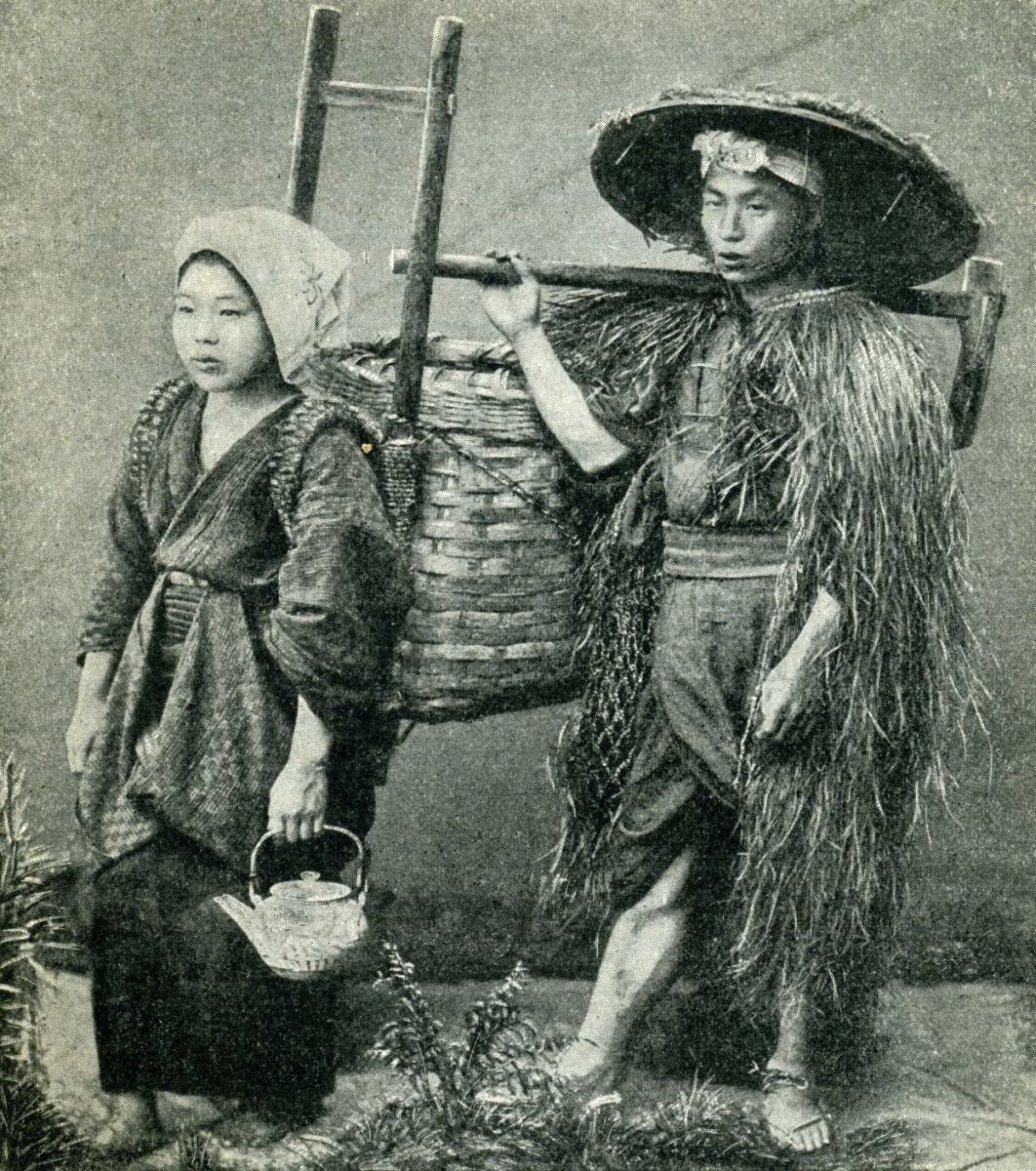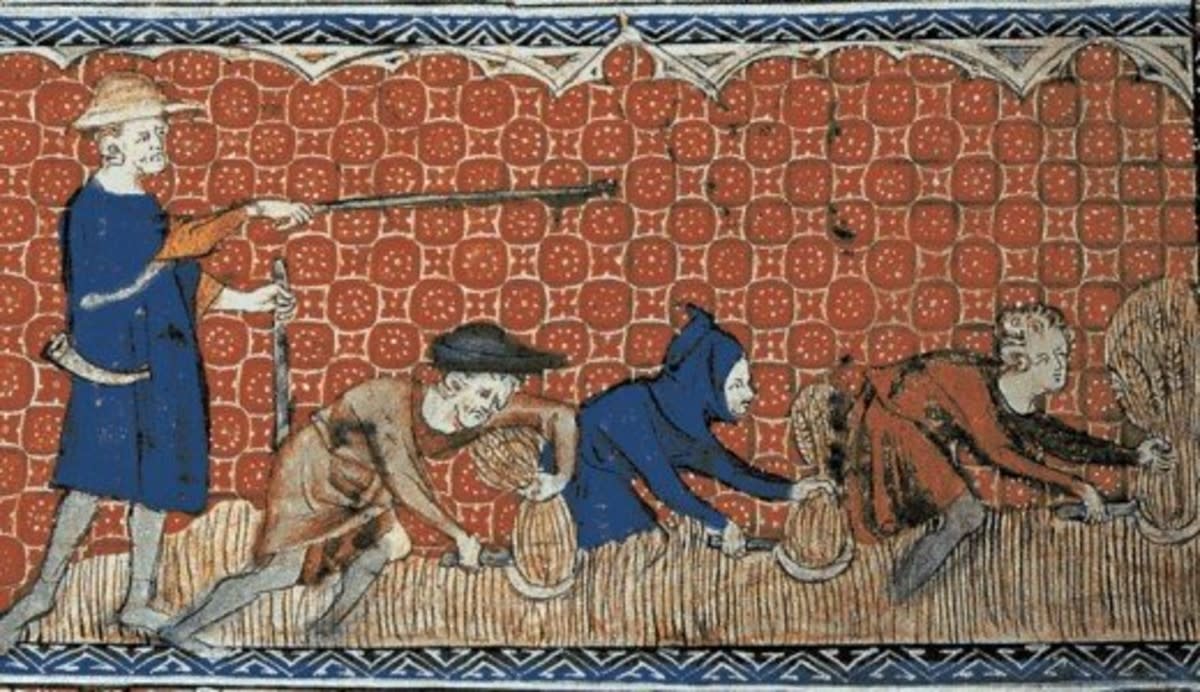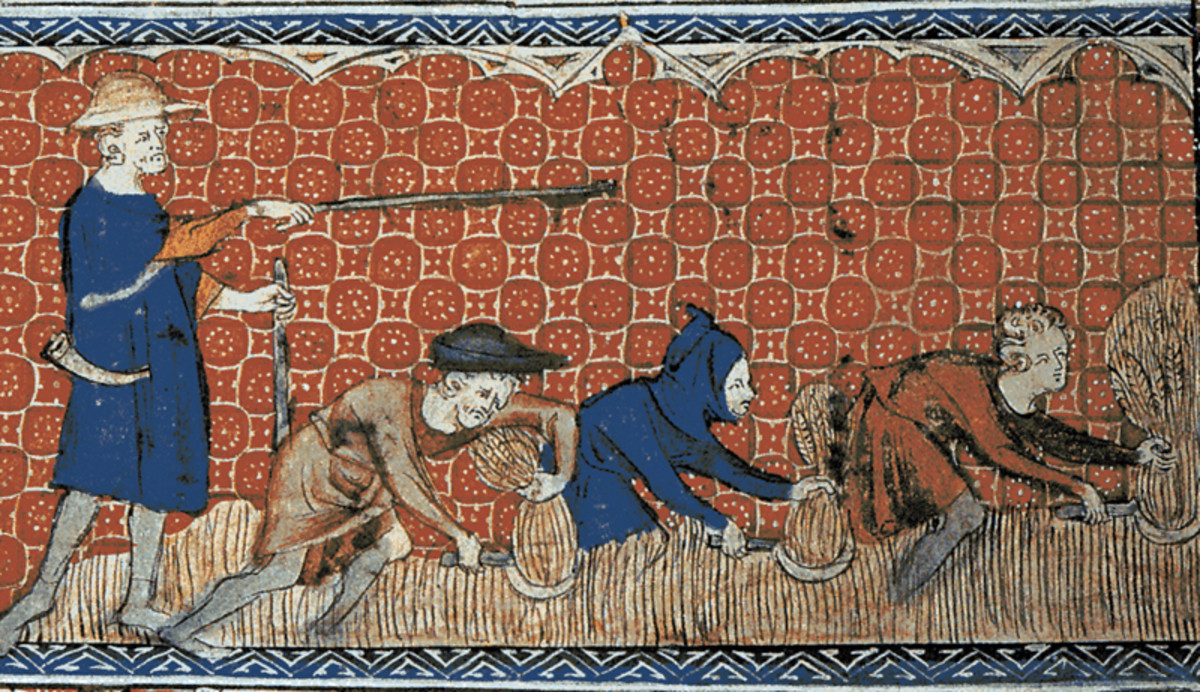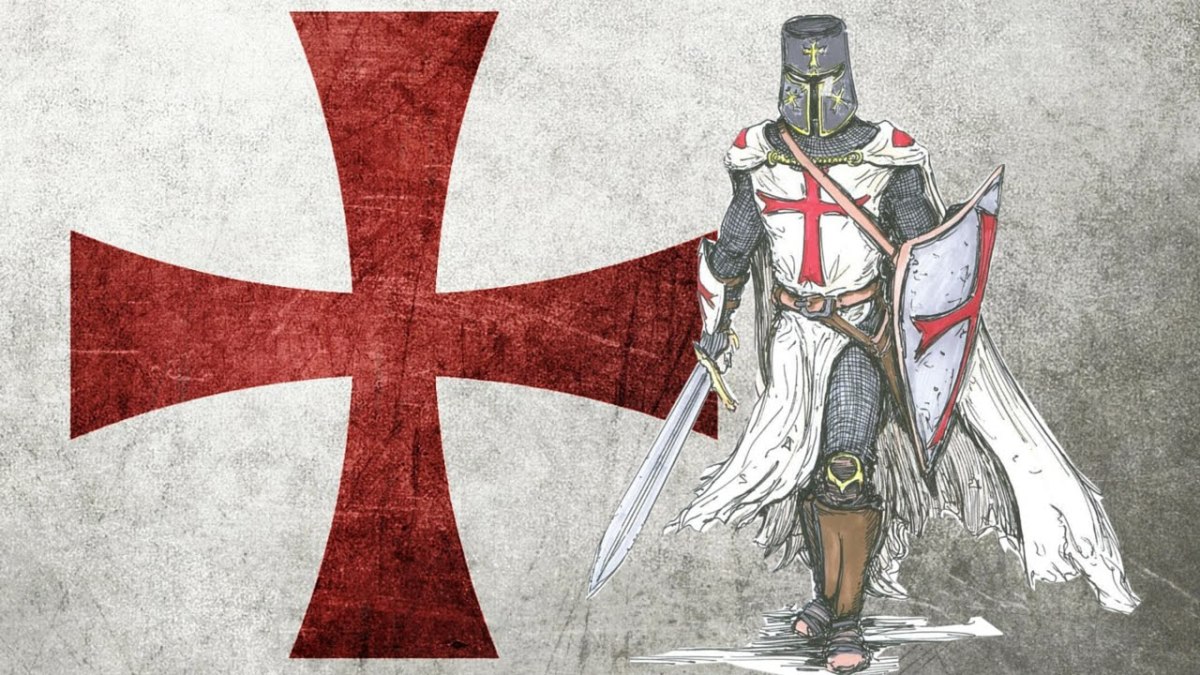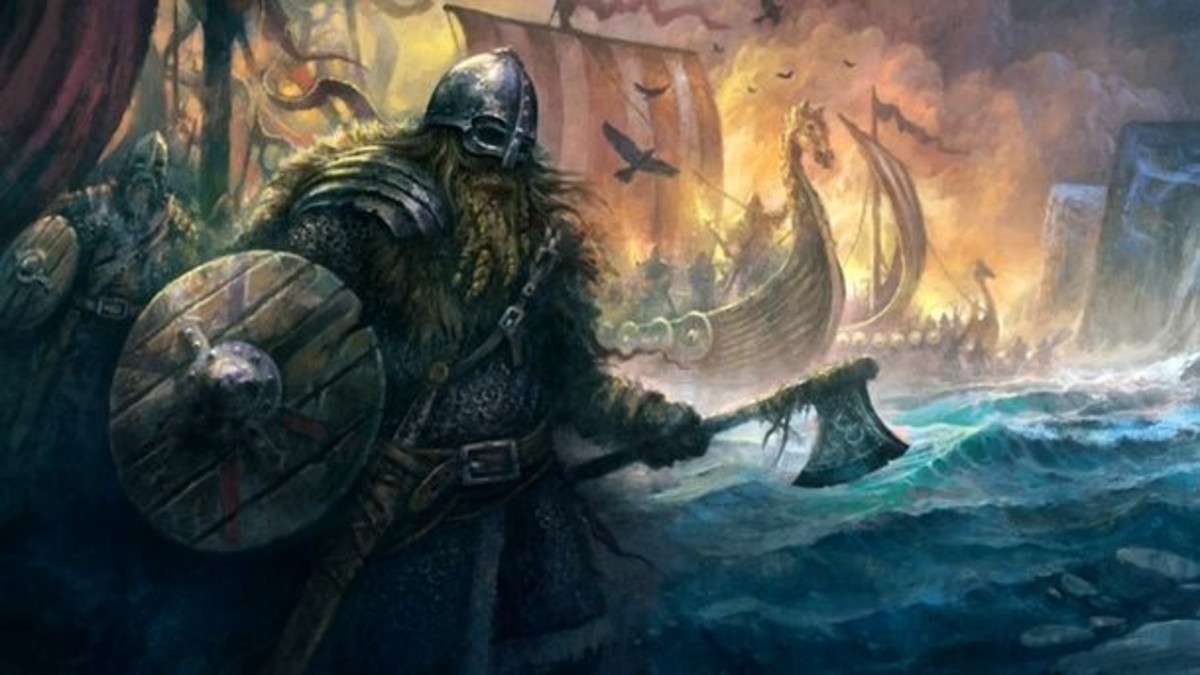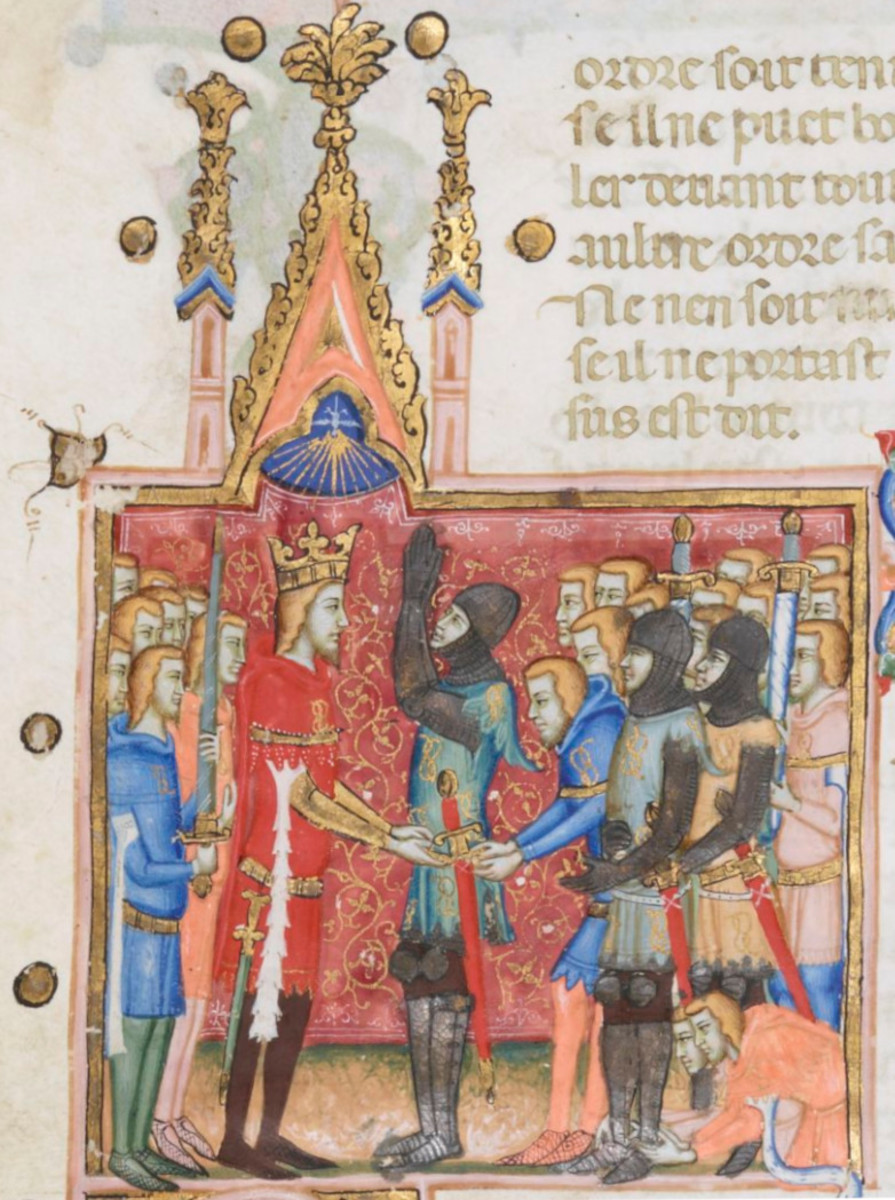Facts About Peasants
The word "peasant" comes from the French word "pais," meaning "country." Peasants were people of the country, people of the land, the farmers and laborers of the Middle Ages and the lowest class of feudal society. Though most agrarian cultures have had peasants of some kind, the French term originally referred to Europeans who toiled on land belonging to their feudal overlords.
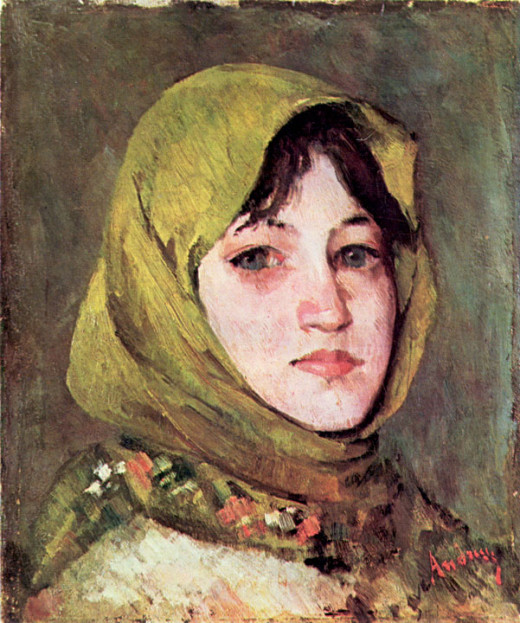
Life on the Land
Peasants were farmers. According to Wayne S. Vucinich, author of The Peasant in Nineteenth-century Russia, peasants spent most of their time and energy growing grains and vegetable crops. Each year, they had to grow enough for their own consumption, enough to feed their feudal lord and the rest of the feudal system, enough to feed their animals and enough for seed for the following year. Some peasants also raised animals for food. Others raised bees for honey. Families supplemented their income with handicrafting for direct sale or with seasonal labor outside their own village.
Slaves and Freemen
Being a peasant was not the same thing as being a slave. Sherri Olson, Associate Professor of History at the University of Connecticut, says that their obligation was to farm land owned by their feudal lord. The lords owned the land and provided it to the peasants in exchange for labor and food. The peasants rented their dwellings from the lord. They farmed some of the land communally but typically had a kitchen garden where they raised food for their own use. The lot of a peasant could be harsh, however. Though the lord did not necessarily own the peasant, he did own the peasant's labor, usually for a specific number of hours each day. The penalties for not working to the lord's satisfaction could be beatings or ejection from one's home.

The Church
Peasants owed money and goods not only to their feudal lord but also to the Church. Most European peasants were Christians, as was their society. The Church required a tithe from all members. For the upper classes, tithes could be paid in cash. Peasants, however, paid in time and agricultural products. A tenth of the grain and vegetables went to the Church. Every tenth chicken and every tenth egg also was considered to be a tithe. Peasants also had to work Church land for free after finishing their work for their lord.

Days Off
Though peasants typically worked most of the daylight hours for six days each week, the actual number of hours they worked ended up being comparable to those worked by modern workers. On Saturdays and before feast days, workers stopped working between 1:00 and 4:00 in the afternoon. On Sundays nobody worked. Similarly, holy days of obligation, about 30 to 33 days each year, were days off. Peasants didn't work on their personal saint's day. Laborers got the day of their guild's saint off. In total, peasants got about 80 days per year off. In addition, 70 days each year were partial days.A male peasant in England worked about 1,620 hours each year. By comparison, a typical contemporary American worker works about 1,949 hours per year.
Terry Jones' Medieval Lives--The Peasant
References
- Merriam-Webster Dictionary: Peasant
- UConn Today: Historian Reconstructs Everyday Lives of Medieval Peasants
- Fordham University: Modern History Sourcebook: Jan Slomka: The Life of a Polish Peasant, c. 1900
- World History Center: The Peasant's Life
- History Learning Site: The Lifestyle of Medieval Peasants
- MIT: Pre-industrial Workers had a Shorter Workweek Than Today's

